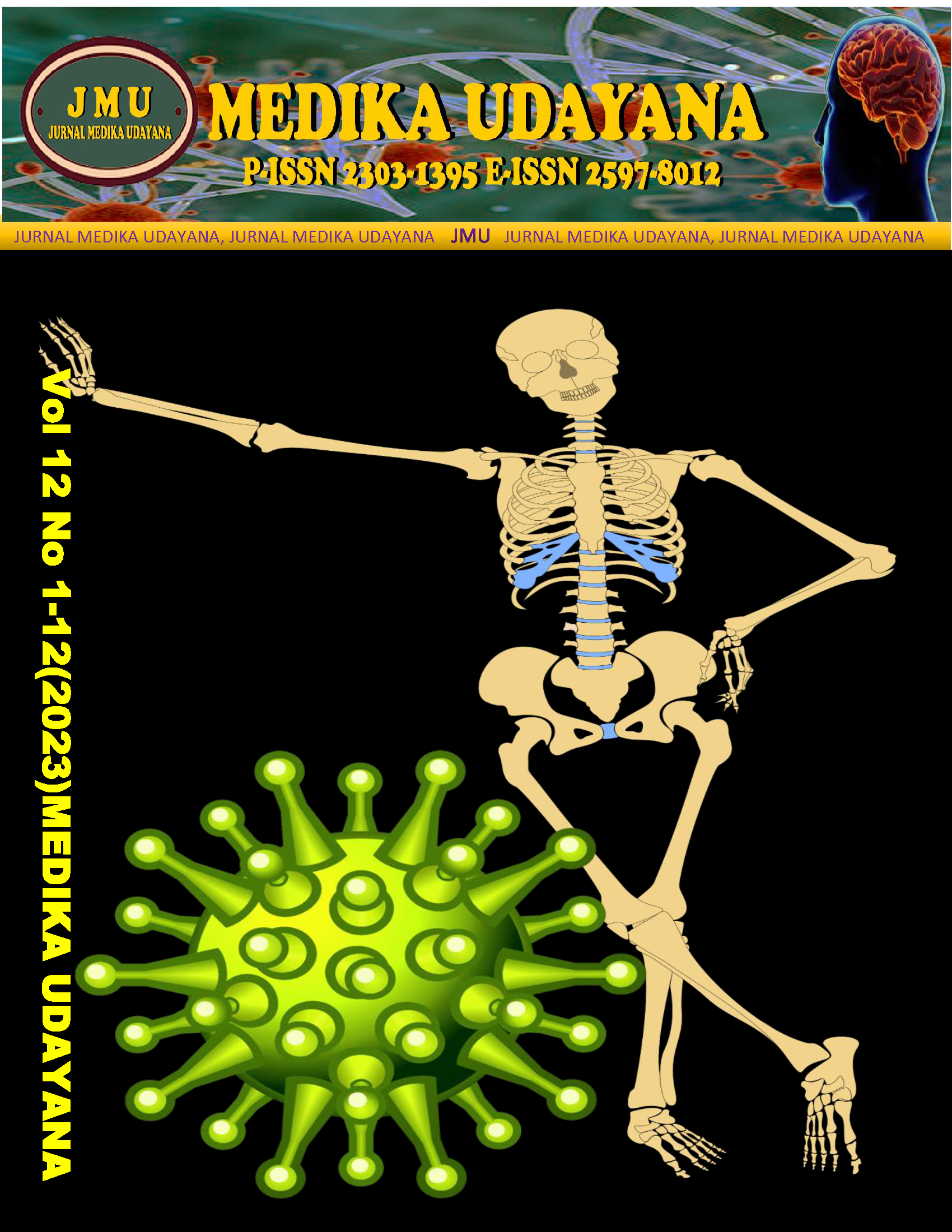Factors that Associated with Anxiety Levels of Health Workers in the COVID-19 Era at the Abiansemal III Health Center Badung Regency
Abstract
ABSTRACT
Background: Currently the world is struggling to face the Coronavirus Disease 2019 (COVID-19) pandemic. In addition to the death rate in the community, the mortality rate for health workers due to this disease is also increasing every day. This condition is of course a concern for the entire community, as well as health workers who have an obligation to continue to provide health services to patients during the COVID 19 pandemic. Purpose: This study aims to determine the factors associated with the anxiety leves of health workers during the COVID-19 era at Abiansemal III Public Health Center, Badung Regency. Method: This study is a quantitative study with a cross sectional design. The sample was 69 health workers from 106 employees at Abiansemal III Public Health Center. The variables include respondent characteristics (age and gender), knowledge, work shifts, availability of personal protective equipment and the number of patients served. Data were collected using an online questionnaire conducted in March-April 2021. Data were analyzed using fisher's exact test with a significance value of ? <0.05. Result: Most of the health workers at Abiansemal III Public Health Center are women (84.1%), aged 26-45 years (84.1%), have good knowledge (87%), have good work shifts (88.9%), felt that the availability of personal protective equipment was sufficient (66.7%) and the number of patients served tended to be small (69.6%). The majority of health workers experienced mild anxiety (78.3%). Fisher's exact test analysis showed an association between gender (p = 0.009) and the availability of personal protective equipment (p = 0.003) with the anxiety level health workers. Conclusion: Gender and availability of personal protective equipment are related to the level of anxiety among health workers.ABSTRACT
Background: Currently the world is struggling to face the Coronavirus Disease 2019 (COVID-19) pandemic. In addition to the death rate in the community, the mortality rate for health workers due to this disease is also increasing every day. This condition is of course a concern for the entire community, as well as health workers who have an obligation to continue to provide health services to patients during the COVID 19 pandemic. Purpose: This study aims to determine the factors associated with the anxiety leves of health workers during the COVID-19 era at Abiansemal III Public Health Center, Badung Regency. Method: This study is a quantitative study with a cross sectional design. The sample was 69 health workers from 106 employees at Abiansemal III Public Health Center. The variables include respondent characteristics (age and gender), knowledge, work shifts, availability of personal protective equipment and the number of patients served. Data were collected using an online questionnaire conducted in March-April 2021. Data were analyzed using fisher's exact test with a significance value of ? <0.05. Result: Most of the health workers at Abiansemal III Public Health Center are women (84.1%), aged 26-45 years (84.1%), have good knowledge (87%), have good work shifts (88.9%), felt that the availability of personal protective equipment was sufficient (66.7%) and the number of patients served tended to be small (69.6%). The majority of health workers experienced mild anxiety (78.3%). Fisher's exact test analysis showed an association between gender (p = 0.009) and the availability of personal protective equipment (p = 0.003) with the anxiety level health workers. Conclusion: Gender and availability of personal protective equipment are related to the level of anxiety among health workers.











